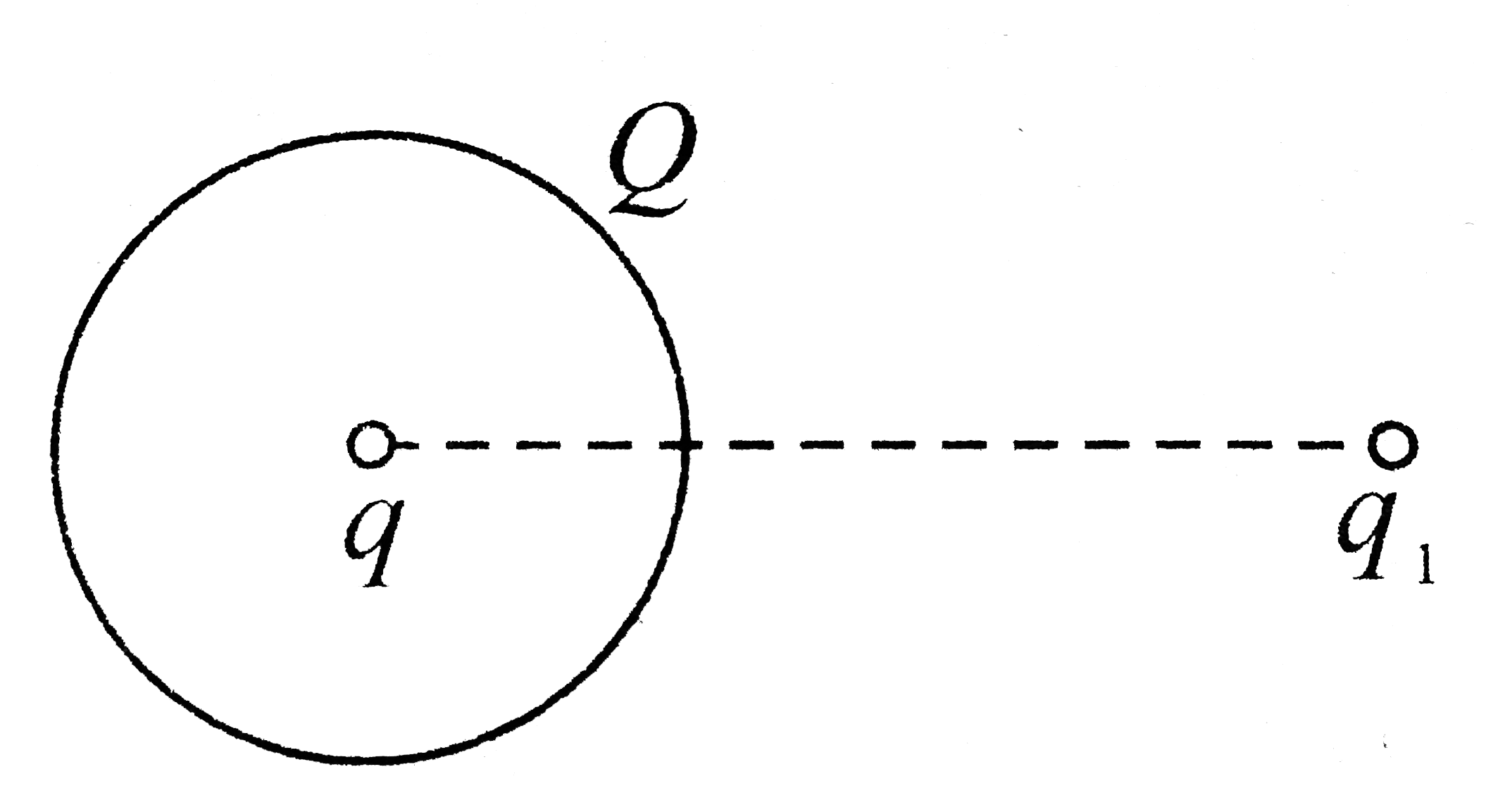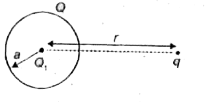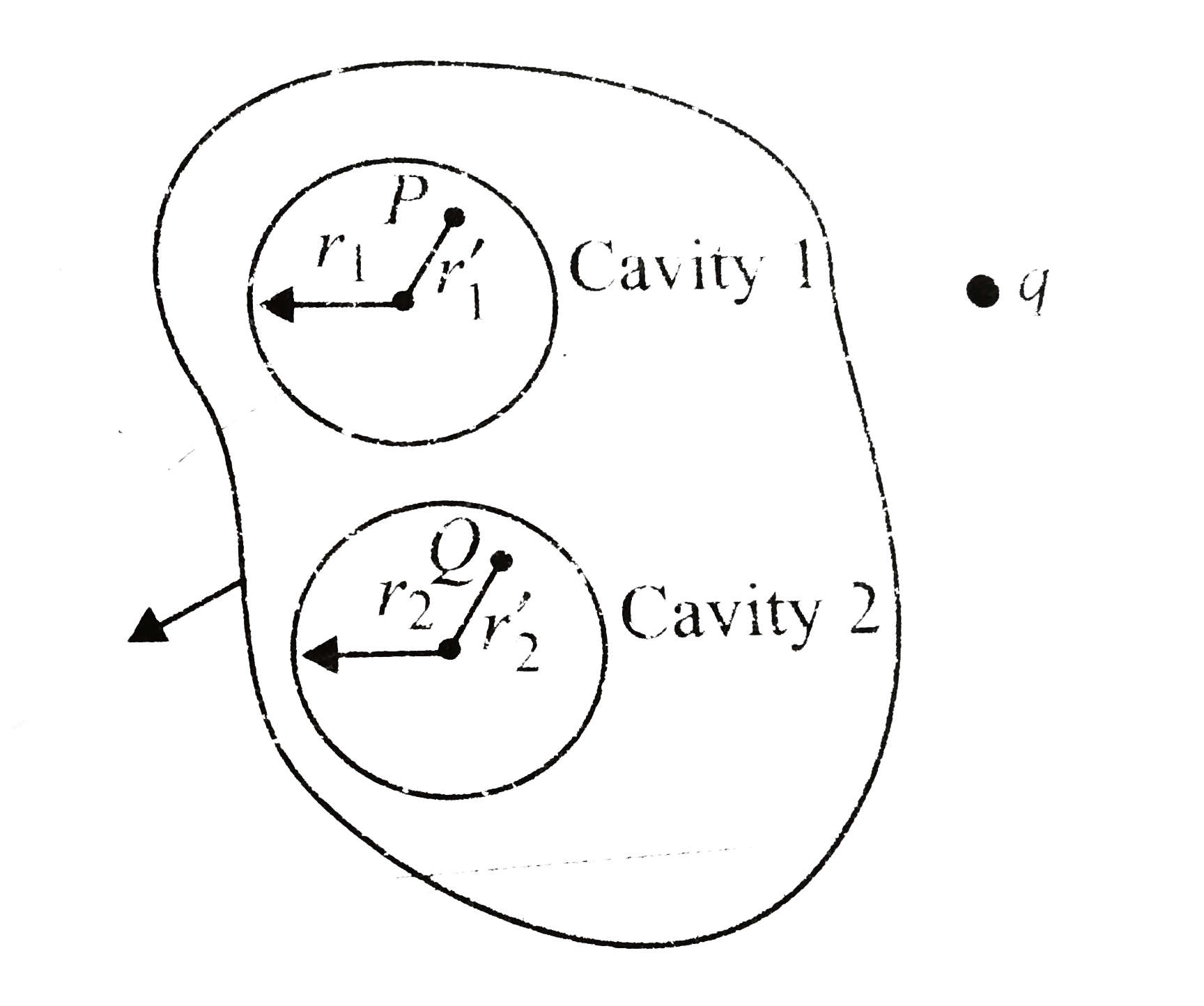A point charge q is placed in a cavity in a metal block. If a charge Q is brought outside the metal, will the charge q feel an electric force?
Step by step video & image solution for A point charge q is placed in a cavity in a metal block. If a charge Q is brought outside the metal, will the charge q feel an electric force? by Physics experts to help you in doubts & scoring excellent marks in Class 12 exams.
Updated on:21/07/2023Topper's Solved these Questions
- GAUSS LAWBOOK - HC VERMACHAPTER - GAUSS LAWEXERCISE - Objective 1
7 Videos
- GAUSS LAWBOOK - HC VERMACHAPTER - GAUSS LAWEXERCISE - Objective 2
8 Videos
- GAUSS LAWBOOK - HC VERMACHAPTER - GAUSS LAWEXERCISE - Worked Out Examples
8 Videos
- ELECTROMAGNETIC WAVESBOOK - HC VERMACHAPTER - ELECTROMAGNETIC WAVESEXERCISE - Exercises
9 Videos
- GEOMETRICAL OPTICSBOOK - HC VERMACHAPTER - GEOMETRICAL OPTICSEXERCISE - Exercises
79 Videos
Similar Questions
A thin metallic spherical shell contains a charge Q on it. A point charge q is placed at the center of the shell and another charge q1 is placed outside it as shown in the figure. All the three charges are positive. Find the force on the charge

a. at centre due to all charges.
b. at center due to shell.
View SolutionA thin metallic spherical shell a carries Q on it. A point charge Q1 is placed at the centre of the shell and another charge q is placed outside as shown in figure ahead. All the charges are positve. Discuss the various forces acting on Q1.

View Solution
Knowledge Check
A point charge q1 is placed inside cavity 1 and another point charge q2 is inside cavity 2. A point charge q is placed outside the conductor. For the situation described above, answer the following questions.

The charge on outer surface of the conductor would beAQ+q1+q2 and nonuniformly distributedBQ+q1+q2 and its uniform or nonuniform distribution depends upon locations of q1andq2CQ+q1+q2 and would be distributed uniformlyDQ+q1+q2 and the distribution depends upon the locations of q1,q2,andq.A point charge q1 is placed inside cavity 1 and another point charge q2 is inside cavity 2. A point charge q is placed outside the conductor. For the situation described above, answer the following questions.
If charge q2 is at point Q (inside cavity 2), then →E at the center of cavity 2 due to induced charge on the surface of cavity 2 would beAq2/(4πε0r'22) toward q2Bq2/(4πε0r22) away from q2CzeroDcannot be determinedA point charge q1 is placed inside cavity 1 and another point charge q2 is inside cavity 2. A point charge q is placed outside the conductor. For the situation described above, answer the following questions.
If the potential of the conductor is V0 and charge q2 is placed at the center of cavity 2, then potential at point Q isAq24πε0r'2+V0Bq24πε0(1r'2+1r2)+V0Cq24πε0(1r'2−1r2)+V0DV0
A spherical metallic conductor has a spherical cavity. A positive charge is placed inside the cavity at its centre. Another positive charge is placed outside it. The conductor is initially electrically neutral.
Column I (Cause)Column II (Effect)(A)If outside is shifted to other position(p)Distribution of charge on innner surfaceof cavity charges(B)If inside charge is shifted to other position(q)Distribution of charge on outer surface ofconductor charges(C)If magnitude of charge inside cavity is(r)Electric potential at the centre of conductorincreasedchanges due to charges presenton outer surface of conductor(D)If conductor is earthed(s)Force on the charge placed insidecavity changes
View SolutionA charge Q is enclosed by a spherical Gaussian surface of radius R. If the radius of the sphere is double, how will the outward electric flux charge ? If a charge −Q is brought outside the Gaussian surface, will the electric flux reduce to zero ?
View SolutionA point charge q1 is placed inside cavity 1 and another point charge q2 is inside cavity 2. A point charge q is placed outside the conductor. For the situation described above, answer the following questions.
If q1 is at the center of cavity 1, then →E at point S, at a distant r from the center of cavity 1(r>r1), due to the induced charge on outer surface of the conductor , would be
View SolutionA point charge q1 is placed inside cavity 1 and another point charge q2 is inside cavity 2. A point charge q is placed outside the conductor. For the situation described above, answer the following questions.
→E inside the conductor at point S distant r from point charge q, due to charge on outer surface of the conductor, would be
View SolutionA thin metallic spherical shell contains a charge Q on it. A point charge q is placed at the center of the shell and another charge q1 is placed outside it as shown in figure. All the three charges are positive

The force on the charge at the centre is
View Solution
